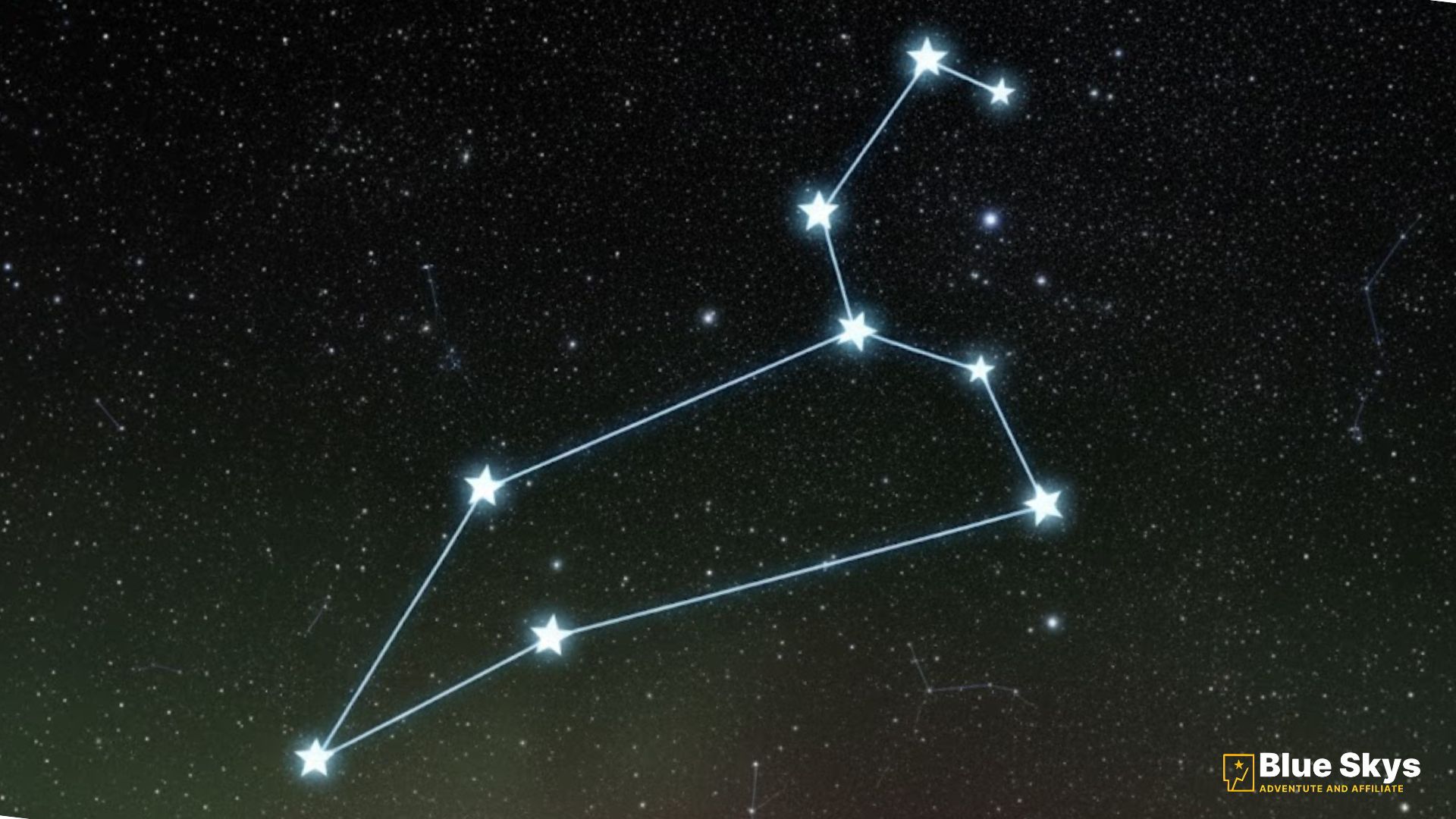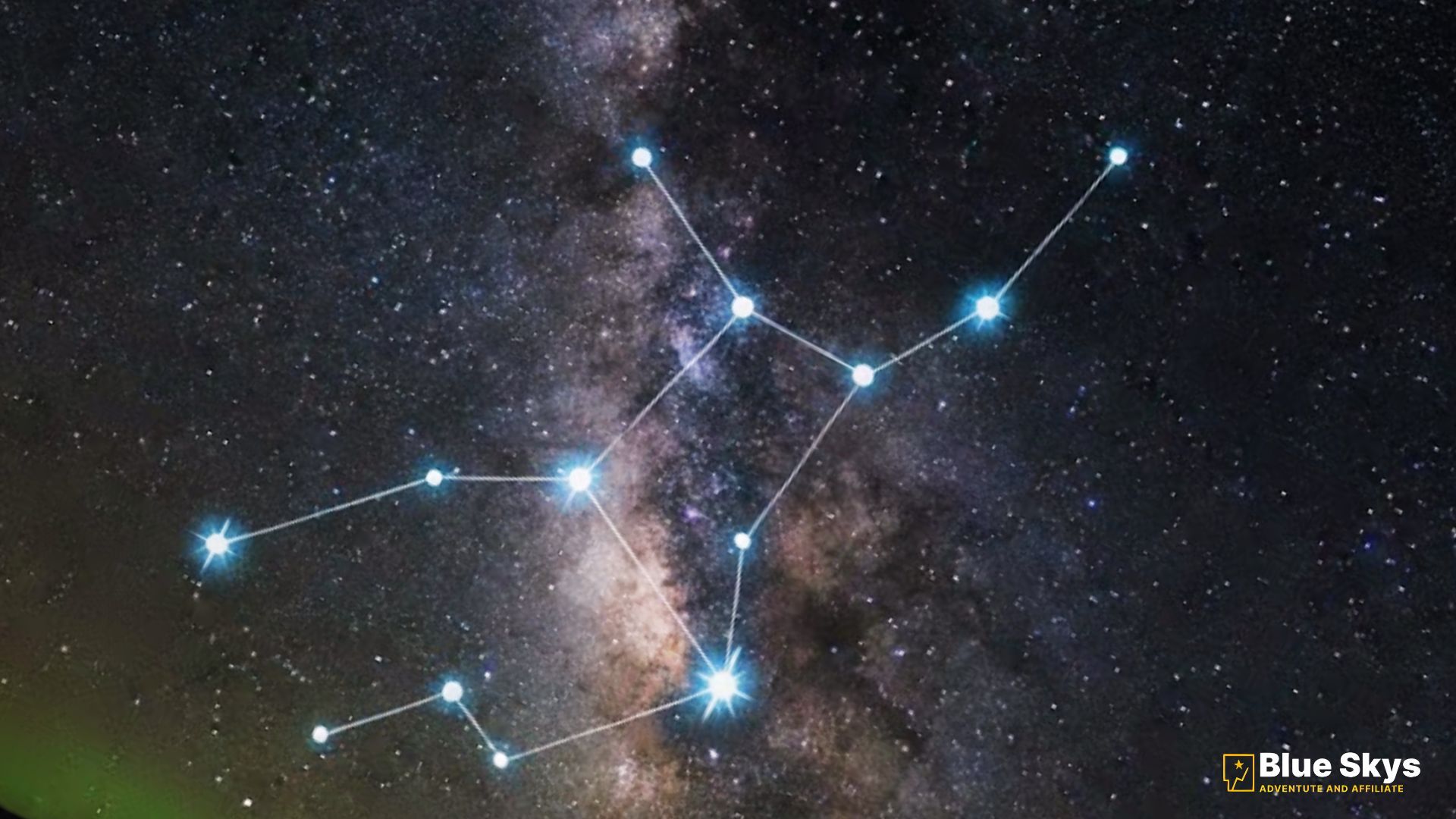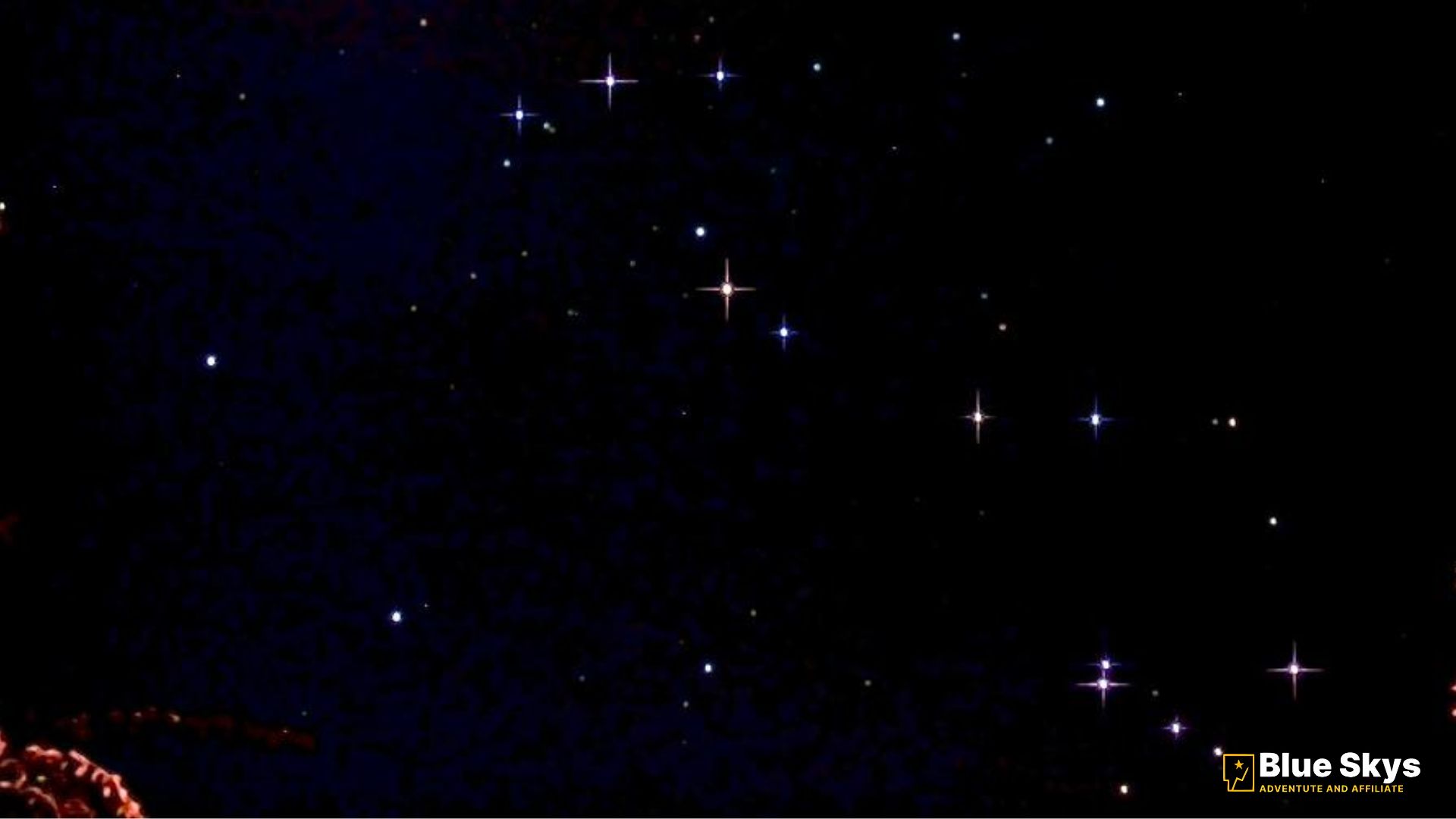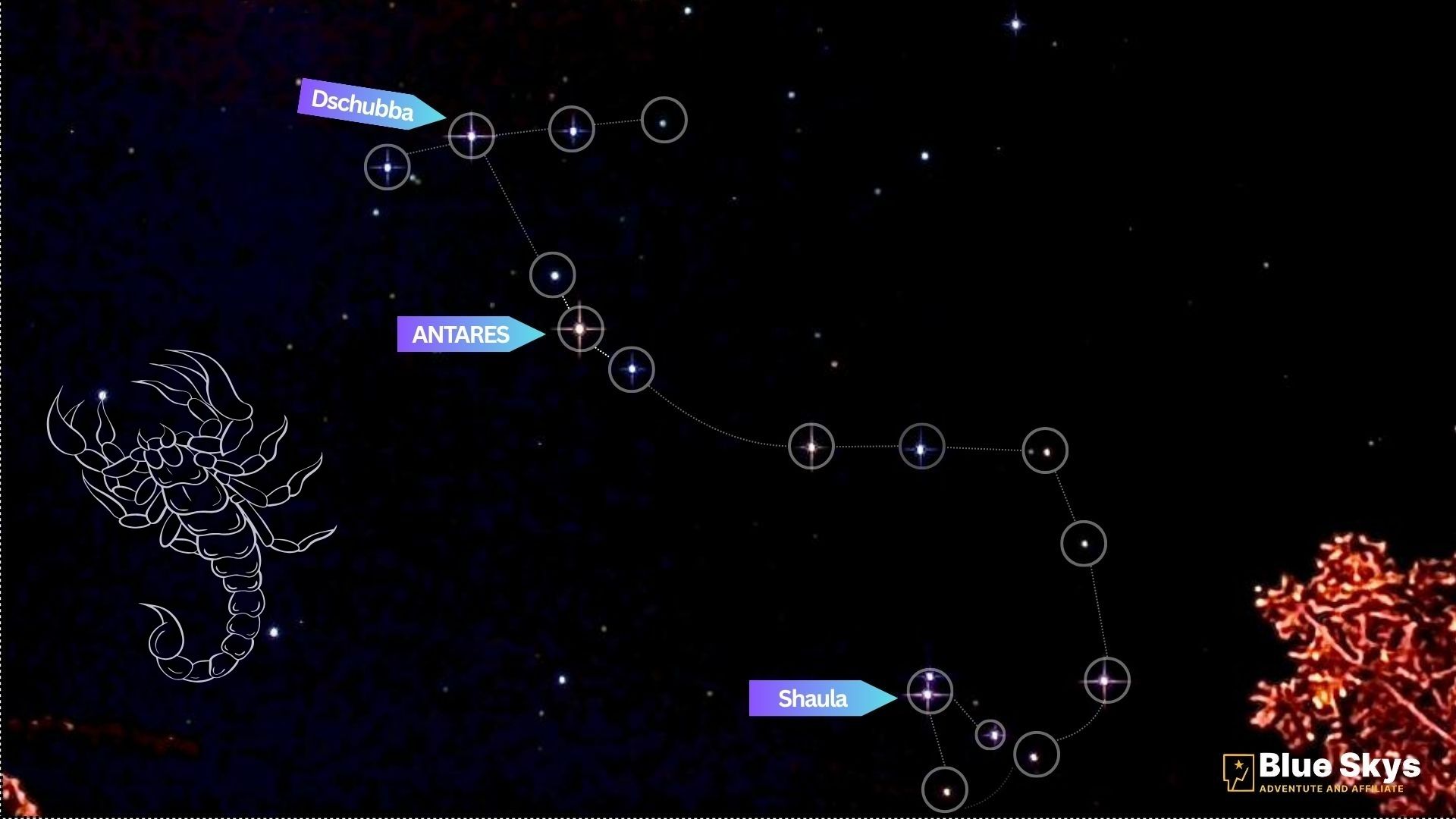For observers across the globe—from the bustling cities of London and New York to the clear, expansive skies over Canada, Europe, Australia, and New Zealand. Few celestial patterns hold the practical and cultural significance of the Ursa Major Constellation. While the entire constellation is known as the “Great Bear,” its most recognizable section—a grouping of seven bright stars. It is commonly referred to as the Big Dipper. This structure is far more than a simple pattern of light; it is a fundamental tool for navigation, a treasure trove of deep-sky objects, and a rich repository of global mythology, establishing it as the most indispensable landmark in the Northern Celestial Hemisphere.
Constellation vs. Asterism: Defining the Great Bear

To fully understand this celestial giant, we must first distinguish between a constellation and an asterism.
The term Ursa Major Constellation, translating from Latin as “The Greater Bear” , refers to one of the eighty-eight official constellations recognized globally by the International Astronomical Union (IAU). A constellation is a defined area of the sky. Ursa Major is notably the third-largest of these constellations, encompassing a vast region of the night sky, and includes many stars beyond the famous seven.
In contrast, the Big Dipper is an asterism—a prominent, easily identified pattern of stars. This pattern, which strongly resembles a ladle, scoop, or wagon, is composed entirely of stars found within the boundary of the Ursa Major Constellation. By recognizing that the Dipper is merely the tail and hindquarters of the much larger Great Bear, observers gain a deeper appreciation for its place in the sky.
Celestial Navigation: The Dipper’s Practical Utility
For millennia, the Big Dipper has served as a reliable, year-round navigational guidepost for cultures across the Northern Hemisphere.

Finding Polaris: The North Star Guide
The most crucial function of the Big Dipper is its unwavering ability to lead observers to Polaris, the North Star. This technique relies on the two outermost stars of the Dipper’s bowl: Dubhe (Alpha Ursae Majoris) and Merak (Beta Ursae Majoris). These two luminaries are widely known as “the Pointers.”
To successfully perform this stellar observation, an observer simply draws an imaginary line extending through the two pointer stars, Merak to Dubhe, and continues that line approximately five times the distance between them. This line lands precisely on Polaris, which anchors the nearby constellation Ursa Minor, or the Little Dipper. This reliable technique has been used for centuries to determine True North.
Following the Arc to Other Stars
The Dipper’s structure also acts as a key reference point for locating numerous other prominent constellations. Astronomers frequently use the mnemonic: “Follow the Arc to Arcturus.” The arc is formed by the three stars of the Dipper’s handle (Alioth, Mizar, and Alkaid). Following this graceful, sweeping curve away from the bowl naturally leads the eye to Arcturus, a bright red-orange giant that is the primary star of the constellation Boötes.
Optimal Viewing and Circumpolar Status
For observers in the Northern Hemisphere, Ursa Major is a circumpolar constellation, meaning it remains visible above the horizon all year round. While visible constantly, the optimal time to view the Great Bear in its entirety, high above the Northern horizon, is during the spring. Visibility is highest around 9 p.m. in the month of April, with excellent viewing extending through May and June. Its consistent presence explains its profound importance as a seasonal and directional marker throughout history.
Mythology and Cultural Significance: The Starry Heritage
The rich history surrounding Ursa Major offers a compelling look at how various human cultures have interpreted the cosmos.

The Classical Tale of Callisto and Zeus
The most pervasive Western narrative of the Great Bear comes from Greek mythology. The story explains the constellation’s peculiar, long tail—unnatural for a biological bear. The myth tells of the beautiful nymph Callisto, who attracted the attention of the god Zeus. To protect Callisto and their son Arcas from the jealous rage of his wife, Hera, Zeus transformed them both into bears. He then seized them by their short, stubby tails and violently flung them high into the heavens, permanently stretching their tails into the long form seen in the constellation today.
Legends of the New World
In the United States, the Big Dipper holds profound historical significance. During the era of slavery, the asterism was often referred to as “The Drinking Gourd,” serving as a celestial guide. Enslaved people relied on the Dipper’s Pointers to locate Polaris, which reliably directed them north toward freedom, making the pattern an essential symbol of hope and navigation on the Underground Railroad.
Contrastingly, various Native American cultures offered interpretations that featured a more realistic, short-tailed bear, often linking them to hunting and seasonal changes. For tribes like the Potawatomi, the constellation was vital for navigating the immense size of the Great Lakes region.
Deep-Sky Wonders: A Window to the Universe
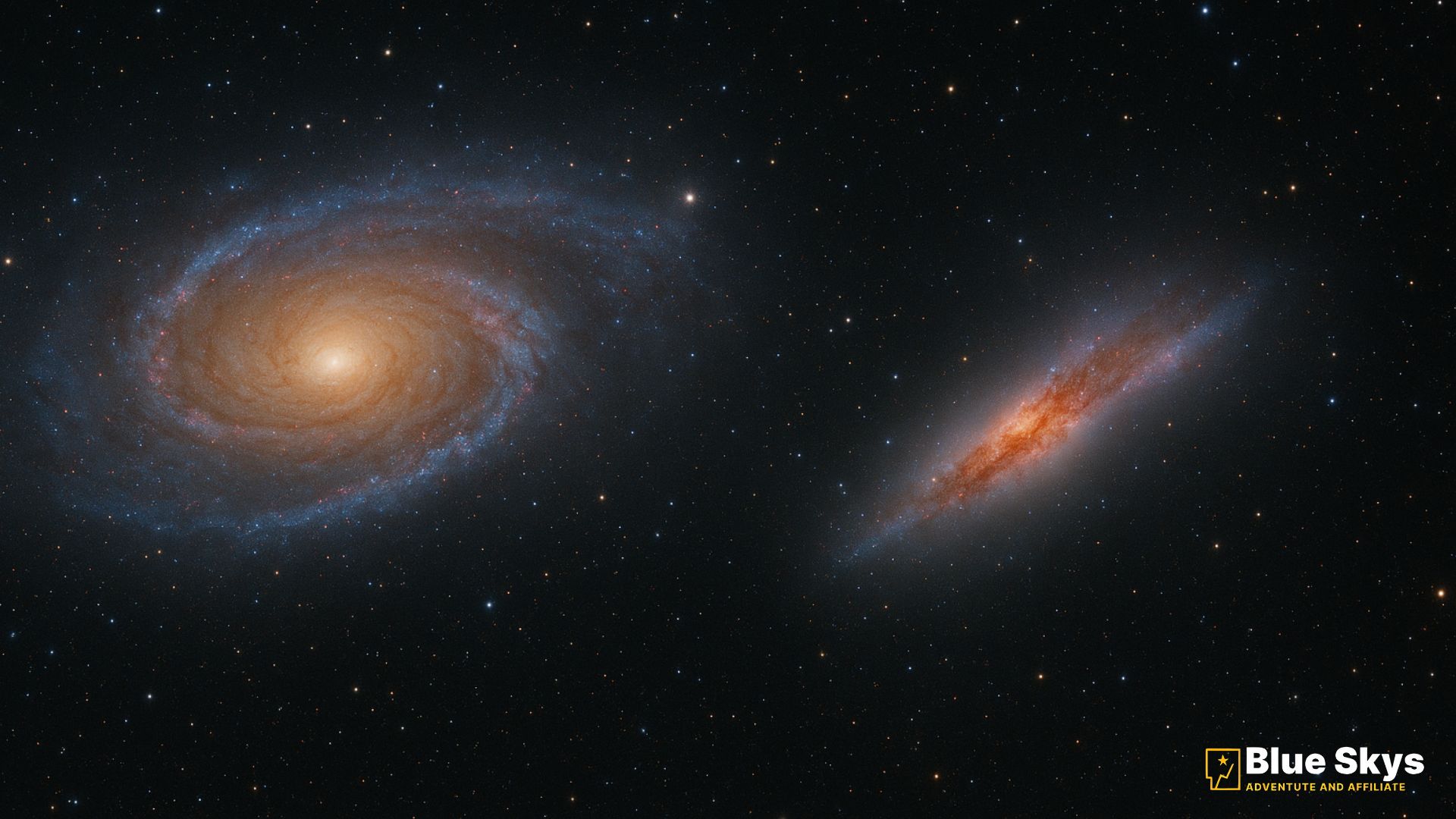
Ursa Major is not merely home to seven bright stars; it serves as a critical window into extragalactic space. It consist of a wealth of distant objects. The constellation’s location directs the line of sight away from the dense, dust-obscured plane of the Milky Way. While offering an unparalleled view into the broader universe.
The Great Bear constellation hosts seven specific objects cataloged by the 18th-century French astronomer Charles Messier, including some of the most spectacular galaxies visible from the Northern Hemisphere.
Key Galactic Targets
Bode’s Galaxy (Messier 81, or M81): A magnificent, bright grand design spiral galaxy.
The Cigar Galaxy (Messier 82, or M82): A spectacular starburst galaxy seen edge-on, physically interacting with M81 and undergoing a rapid period of star formation.
The Pinwheel Galaxy (Messier 101, or M101): A large, beautiful face-on spiral galaxy located approximately 21 million light-years from Earth.
Ursa Major also contains the Owl Nebula (Messier 97, or M97). A planetary nebula with a distinctive two-lobed appearance, and Messier 40 (M40). A double star mistakenly included in the Messier catalog.
The Dipper’s Dynamic Future
The final layer of analysis addresses the dynamic nature of the stars themselves. The Big Dipper’s current shape is an illusion of perspective tied to short periods of human observation. The seven stars are not gravitationally bound. But they are moving independently through space at varying speeds and directions—a phenomenon known as proper motion.
Because of this constant, independent movement, the pattern we see today is temporary. Scientifically, it is predicted that in approximately 100,000 years, the seven stars will have moved far enough apart. That the Big Dipper will lose its recognizable ladle shape, appearing more like a “shoe.” This confirms that the constellations are dynamic, transient projections based on our temporary vantage point within the Milky Way galaxy.
An Enduring Celestial Guide
The Great Bear, whether referenced by its official name, Ursa Major, or its popular moniker, Big Dipper or The Plough, remains the most important celestial landmark for observers across the globe.
Its relevance is timeless, extending from its essential role in global navigation. Profound historical connection to narratives of hope and freedom. Its modern function as a viewing platform for galaxies millions of light-years away. Understanding its full context from its mythological origins to its scientific dynamism—transforms. A simple glance at the stars into a deep engagement with the cosmos.
